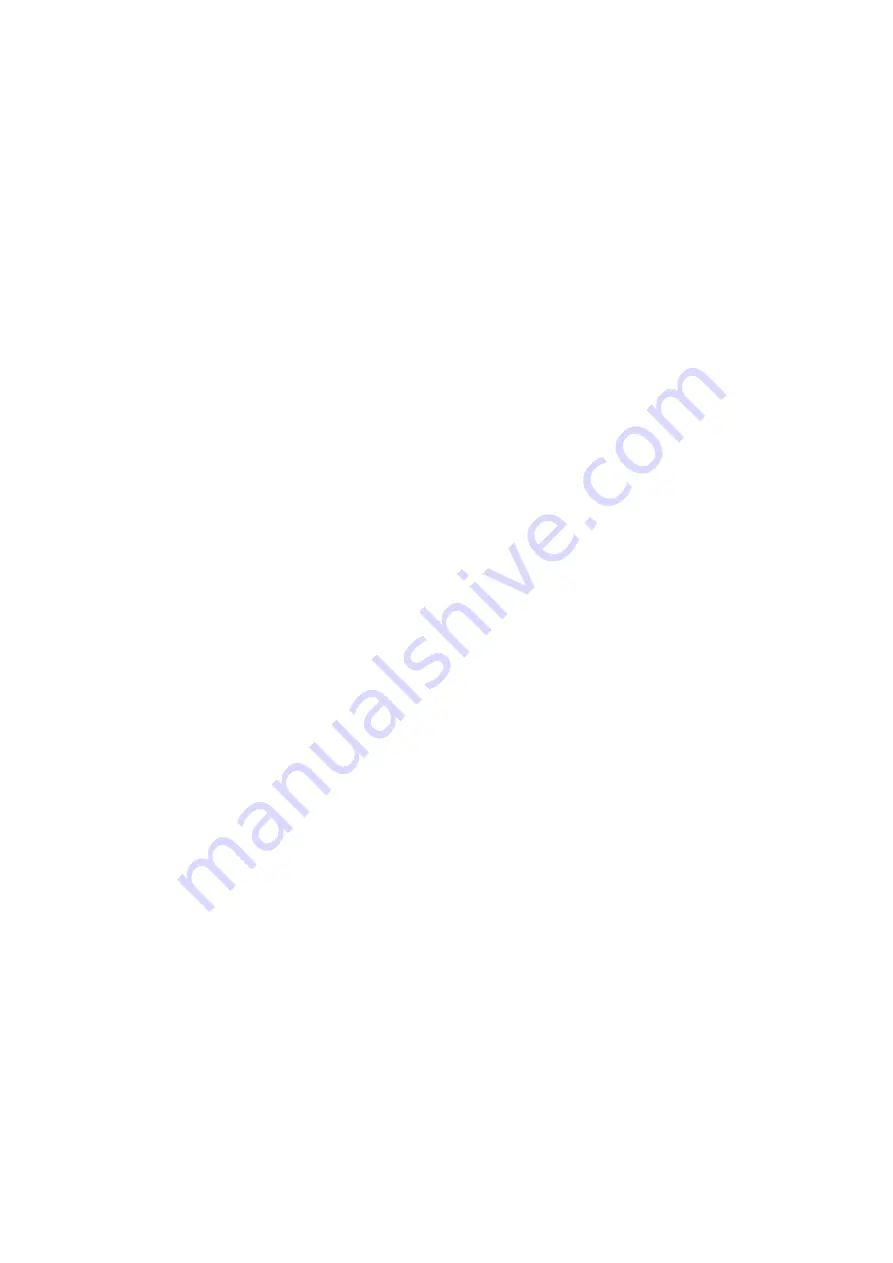
ROYAL ENFIELD WORKSHOP MANUAL
SECTION B2
Engine Specification
" 350 and 500 Bullet" Models (Standard)
1. Engine
The engine is a 346 or 499 c.c. vertical single
cylinder four-stroke with separate cylinder head
and fully enclosed pressure-fed overhead valve
gear. It has dry sump lubrication with the oil tank
integral with the crankcase and a built-up steel
crankshaft.
2. Cylinder Head
The cylinder head is die-cast from aluminium
alloy with ample finning to ensure adequate
cooling. The valve inserts are of austenitic iron
and are shrunk in so that they are replaceable
(except on early models).
The large bore induction port is streamlined
and blended to the valve seating.
3. Cylinder
The cylinder barrel is of cast iron, with
internal tunnels enclosing the push rods.
The bore of the 350 engine is nominally 70
m.m. and the stroke 90 m.m., giving a cubic
capacity of 346 c.c.
The bore of the 500 engine is nominally 84
m.m. and the stroke 90 m.m., giving a cubic
capacity of 499 c.c.
4. Piston
The piston is of low expansion aluminium
alloy, heat treated, and form-turned oval. There
are three piston rings, the top two of which are
compression rings. The top ring is chromium
plated and the bottom one taper ground. The
third ring is for oil control and is slotted.
Different compression ratios are available as
follows:
350 c.c. Engine 6, 6.5, 7, 7.5, 8 and 10
to 1.
500 c.c. Engine 6.5, 8 and 9 to 1.
5. Connecting Rod
The connecting rod is produced from a
stamping of Hiduminium RR56 light alloy. The
little end bearing is of alloy direct on to the
gudgeon pin. In case of wear after long service
the little end can be bored out and fitted with a
bush, but this is rarely necessary.
The big end has a hardened chrome steel
bush pressed in and a floating bush made from
mild steel and whitemetalled.
6. Crankcase
The combined crankcase and oil tank are
die-cast from light alloy in two halves, being
split vertically.
7. Crankshaft and Flywheel
The crankshaft is built up from two steel
flywheels bolted to the crank pin and bolted and
keyed to the engine shafts, the whole being
carefully balanced.
8. Main Bearings
On the driving side there are two bearings,
one ball and one roller,
*
both having inner and
outer races, while on the timing side there are a
roller bearing, with the rollers running on the
shaft
and a plain phosphor bronze bush for retaining
oil in the timing chest.
9. Cams
The cams are integral with the cam pinions,
being machined from carbon steel and case
hardened. They have internal bronze bushes
running on fixed spindles in the timing chest.
The cam profiles are produced with silencing
ramps to ensure quiet running.
10. Valves
The inlet valve is machined from a stamping
of Siliconchrome valve steel and the exhaust
valve is of austenitic steel.
11. Valve Gear
The valves are operated from the cams by
means of large flat-based guided tappets, high
quality tubular steel push rods, with steel cups,
and overhead rockers. Two compression springs
are fitted to each valve.
*
Earlier "350 Bullet" engines had
two ball
bearings on the driving side.
Section B2 Page 1
www.hitchcocksmotorcycles.com
Summary of Contents for 350 BULLET 1949
Page 7: ...ROYAL ENFIELD WORKSHOP MANUAL w w w h i t c h c o c k s m o t o r c y c l e s c o m ...
Page 53: ...ROYAL ENFIELD WORKSHOP MANUAL w w w h i t c h c o c k s m o t o r c y c l e s c o m ...
Page 59: ...ROYAL ENFIELD WORKSHOP MANUAL w w w h i t c h c o c k s m o t o r c y c l e s c o m ...
Page 71: ...ROYAL ENFIELD WORKSHOP MANUAL w w w h i t c h c o c k s m o t o r c y c l e s c o m ...
Page 81: ...ROYAL ENFIELD WORKSHOP MANUAL w w w h i t c h c o c k s m o t o r c y c l e s c o m ...
Page 100: ...ROYAL ENFIELD WORKSHOP MANUAL NOTES w w w h i t c h c o c k s m o t o r c y c l e s c o m ...
Page 101: ...ROYAL ENFIELD WORKSHOP MANUAL NOTES w w w h i t c h c o c k s m o t o r c y c l e s c o m ...









































